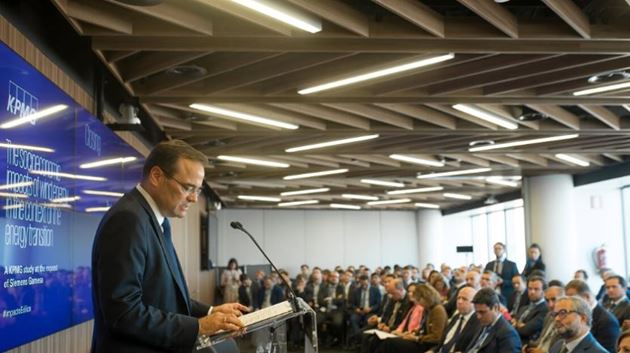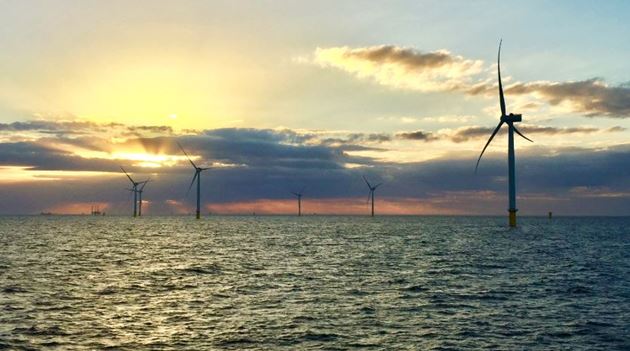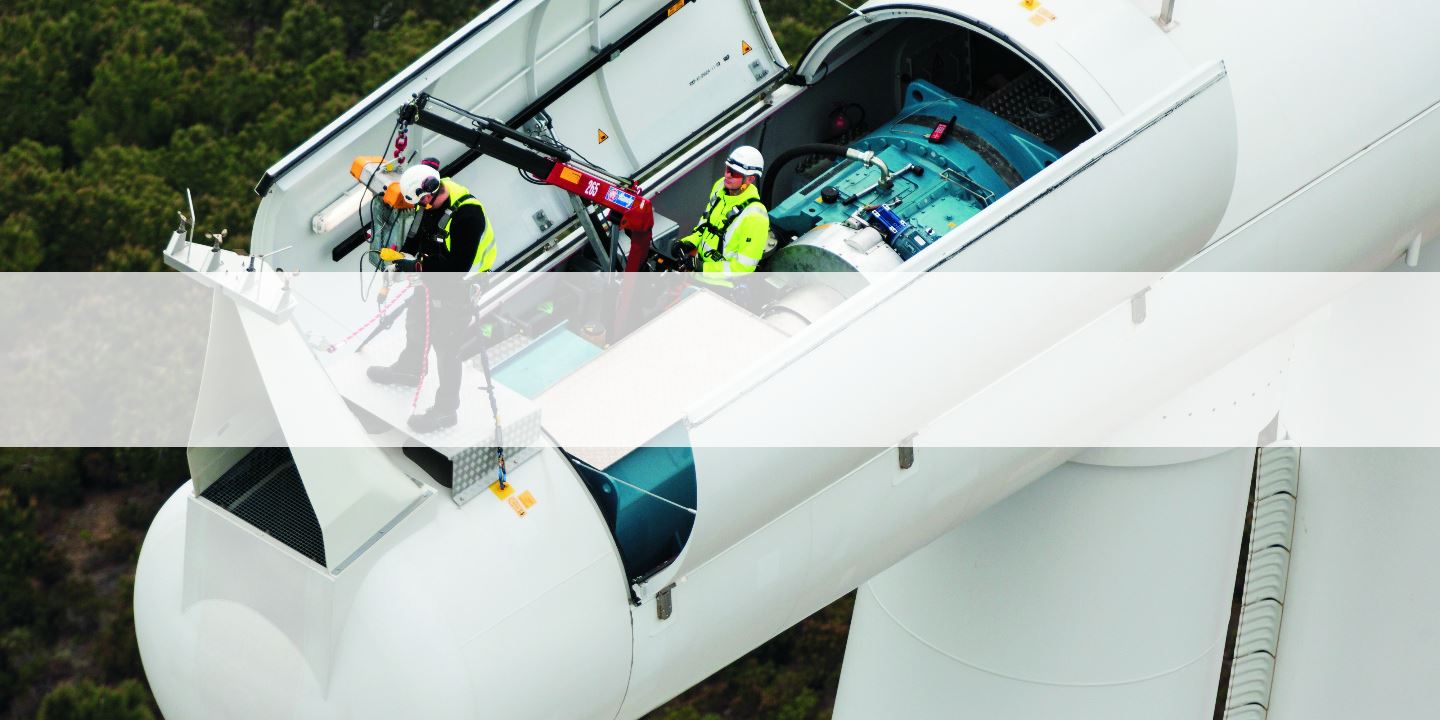
We discover the founding precursors of wind power
International Inventors' Day
Madrid / 08 November 2019
On 9 November, International Inventors' Day acknowledges all those who have made a contribution to improving our lives. The day was institutionalized to coincide with the birth of Hedy Lamarr (1914-2000), the inventor of the spread spectrum, to whom we are indebted for the technology found in such everyday devices as the GPS, Wi-Fi and Bluetooth.
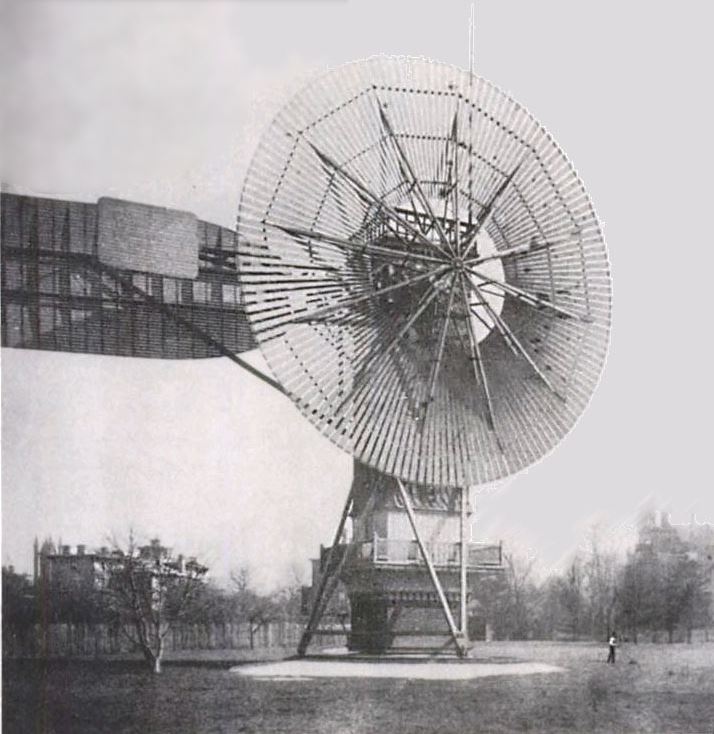
Wind turbines have currently been installed throughout the world, both onshore and offshore, thanks to Charles F. Brush (1849-1929), an American scientist who, in 1887, built what is said to be the first automatic wind turbine to generate electricity. Then, in 1899 the Danish scientist Poul la Cour (1846-1908) improved the wind turbine when he discovered that building it with a small number of rotor blades gave better results and increased the production of electricity. His design is considered to be the first modern wind generator.
But it is not only technology that is important in the generation of electricity using turbines; A theoretical foundation is essential for any invention. In the case of wind power, in 1919 the German physicist Albert Betz (1885-1968) formulated what is known as Betz's Law which indicates that a wind turbine can convert a maximum 59% of kinetic energy into mechanical energy. His theory is still used as the basis for building wind turbines.
Although the main development of wind power took place in Denmark where a decentralized model for the country's electrification was constructed, it was not until 1941 that the first turbine producing more than 1 MW of power was installed (specifically 1.25 MW).
Wind power today
Siemens Gamesa has offshore turbines producing 10 MW, with a 193 meter rotor and 94 meter blades, the size of a football field. The annual production of just one of these turbines is enough to supply electricity to about 10,000 European homes. To give you an idea of the scope of this technology, we could say that an offshore wind farm consisting of 20 of these turbines could meet the annual demand for electricity of a city the size of Liverpool.
As for onshore technology, Siemens Gamesa has lanched 5.8 MW turbines in two versions with 155- and 170- meter diameter rotor blades, which have managed to increase the annual production of energy by 20% and 32% respectively, compared to the previous model.
The history of wind power continues and will continue to be written thanks to researchers, scientists and engineers who work day by day to improve wind energy production and make sure it reaches a growing number of homes.
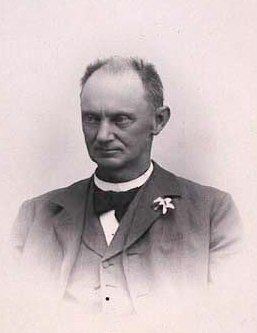
2* Poul la Cour (1846-1908)
Source 1*: Robert W. Righter (1996) Wind Energy in America: A History, University of Oklahoma Press, p. page44 Retrieved on 27 December 2008. ISBN: 0806128127.
Source 2*: Det Kongelige Bibliotek.


